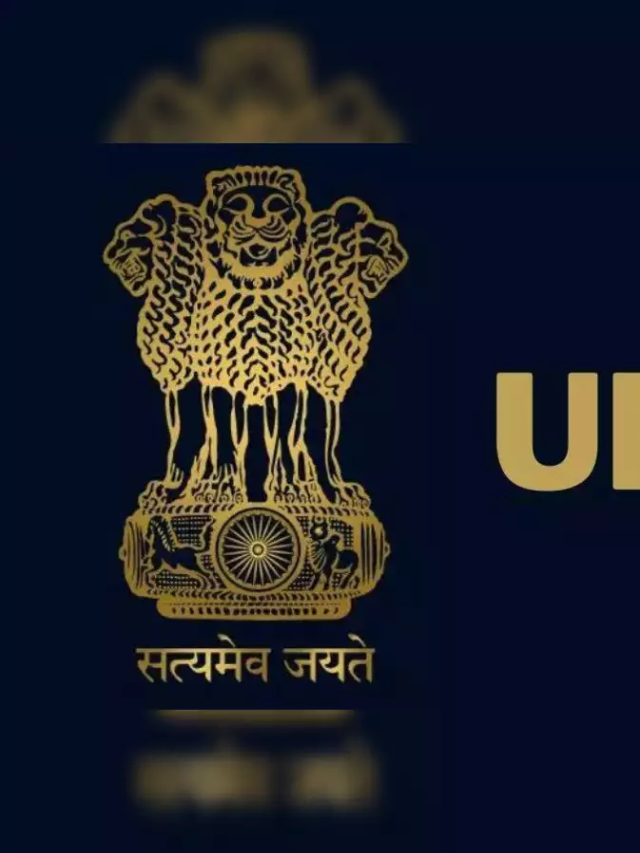NCERT Solutions for Class 10 Geography Chapter 2 – Forest and Wildlife Resources
Exercise Page No 22
1. Multiple choice questions.
(i) Which of these statements is not a valid reason for the depletion of flora and fauna?
(a) Agricultural expansion.
(b) Large scale developmental projects.
(c) Grazing and fuelwood collection.
(d) Rapid industrialisation and urbanisation.
Answer:
Grazing and fuelwood collection
(ii) Which of the following conservation strategies do not directly involve community participation?
(a) Joint forest management
(b) Beej Bachao Andolan
(c) Chipko Movement
(d) Demarcation of Wildlife sanctuaries
Answer:
Demarcation of wildlife sanctuaries
2. Match the following animals with their category of existence.
| Animals/Plants | Category of existence |
| Black Buck | Extinct |
| Asiatic Elephant | Rare |
| Andaman wild pig | Endangered |
| Himalayan Brown Bear | Vulnerable |
| Pink Head Duck | Endemic |
Answer:
| Animals/Plants | Category of existence |
| Black Buck | Endangered |
| Asiatic Elephant | Vulnerable |
| Andaman wild pig | Endemic |
| Himalayan Brown Bear | Rare |
| Pink Head Duck | Extinct |
3. Match the following.
| Reserved Forests | Other forests and wastelands belonging to both government and private individuals and communities |
| Protected Forests | Forests are regarded as most valuable as far as the conservation of forest and wildlife resources |
| Unclassed Forests | Forest lands are protected from any further depletion |
Answer:
| Reserved Forests | Forests are regarded as most valuable as far as the conservation of forest and wildlife resources |
| Protected Forests | Forest lands are protected from any further depletion |
| Unclassed Forests | Other forests and wastelands belonging to both Government and private individuals and communities |
4. Answer the following questions in about 30 words.
(i) What is biodiversity? Why is biodiversity important for human lives?
Answer:
Biodiversity is made up of various types of life forms found on earth. It is a measure of variation at the ecosystem, species and genetic level. Biodiversity is abundant in Tropical areas. Tropical areas cover 10 per cent of the earth surface, but they host 90% of the world species.
Contribution of biodiversity in human lives
- Agriculture – Variety of Plant species meet our needs for food.
- Their contribution to business and industry
- Leisurely activities
- Ecological services
(ii) How have human activities affected the depletion of flora and fauna? Explain
Answer:
- Various river valley projects have affected the flora and fauna
- Many illegal Mining projects have depleted the flora and fauna
- Too many development projects for leisure activities in the forests have negatively affected.
- Too many human activities in the forest area due to rising population and lack of space has created human-animal conflict.
5. Answer the following questions in about 120 words.
(i) Describe how communities have conserved and protected forests and wildlife in India.
Answer:
Chipko Movement:
The famous Chipko movement in the Himalayas has not only successfully resisted deforestation in several areas but has also shown that community afforestation with indigenous species can be enormously successful.
Certain societies revere a particular tree which they have preserved from time immemorial. The Mundas and the Santhal of Chota Nagpur region worship mahua (Bassia latifolia) and kadamba (Anthocaphalus cadamba) trees. The tribals of Odisha and Bihar worship the tamarind (Tamarindus indica) and mango (Mangifera indica) trees during weddings. To many of us, peepal and banyan trees are considered sacred.
In Sariska Tiger Reserve, Rajasthan, villagers have fought against mining by citing the Wildlife Protection Act. In many areas, villagers themselves are protecting habitats and are explicitly rejecting government involvement. The inhabitants of five villages in the Alwar district of Rajasthan have declared 1,200 hectares of forest as the Bhairodev Dakav ‘Sonchuri’, declaring their own set of rules and regulations which do not allow hunting and are protecting the wildlife against any outside encroachments.
(ii) Write a note on good practices towards conserving forest and wildlife.
Answer:
In India, joint forest management (JFM) programme furnishes a good example of involving local communities in the management and restoration of degraded forests. The programme has been in formal existence since 1988 when the state of Odisha passed the first resolution for joint forest management. JFM depends on the formation of local (village) institutions that undertake protection activities mostly on degraded forest land managed by the forest department. In return, the members of these communities are entitled to intermediary benefits like non-timber forest produces and share in the timber harvested by ‘successful protection’. The clear lesson from the dynamics of both environmental destruction and reconstruction in India is that local communities everywhere have to be involved in some kind of natural resource management. But there is still a long way to go before local communities are at the centre stage in decision-making. Accept only those economic or developmental activities, that are people-centric, environment-friendly and economically rewarding.
Forest and Wildlife Resources Summary
The students will get to know about the following topics:
- Flora and Fauna in India
- Different types of species
- Conservation of Forest and wildlife in India
- Project Tiger
- Types and Distribution of Forest and Wildlife resources
- Community and Conservation









1 thought on “NCERT Solutions for Class 10 Geography Chapter 2 – Forest and Wildlife Resources”